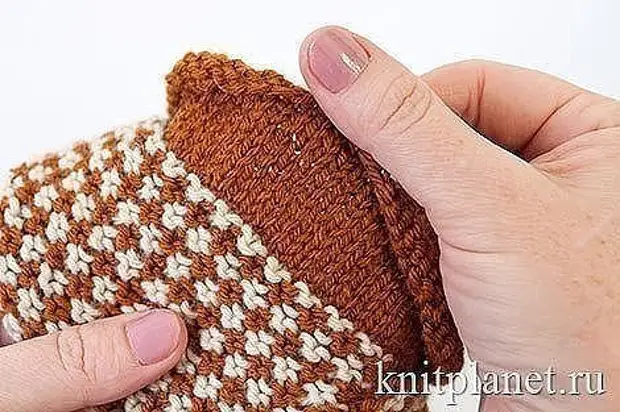
Slippers lazy jacquard
Size 37-38.
Yarn "Kroch" Troitsky Kamlovol Combine, 20% wool, 80% acrylic, 135 m / 50 g.
Consumption of yarn light gray 30 g, brown 40 g
Set of 5 spokes number 3.
Knitting density pg = 2.2 loops in 1 cm., The pattern is lazy jacquard
If you know how to knit socks on 5 knitting, then you will not be difficult to connect such socks-slippers. If you did not have to knit socks, I advise you to watch this master class: "Knitting socks. Benefit for beginners. "
Slippers are bound by lazy jacquard (pattern knitting). I love this pattern, because it knives very simple, the canvas turns out to be elastic, shaped and at the same time soft and pleasant.
Like classic socks, these slippers are connected from top to bottom, 5 knitting needles. We define how many loops need to score on the needles. The formula for calculating for socks: girth of the legs in a wide place X GG (knitting density horizontally). I got 23 x 2.2 = 50, 6. However, I decided to tie slippers getting better than socks and add a few loops. Taking into account that it is necessary to divide the loops equally for 4 spokes, I scored 56 loops (14 for each needle).
The top edge of the slippers is decorated with a rul. It uses the properties of a cycle knitting, twisted along the set of the edge. And we recruit the brown yarn of 14 loops to each of the 4-spokes and knit bug 3 cm (10 rows
Finishing with a tip of the top edge slippers.
Tied the finishing rul, we attach a light thread and begin to knit the heel into the height. The heel knit on the same principle as the sock, but the heel height is better to do a little more (approximately 1 cm.). I have a heel height of 7 cm or 32 rows. In socks, usually, the release of the loops for the formation of the heel starts along the wrong side. But in this case, so that it is more convenient to change the color of the thread and the drawing was not knocked out, it is more convenient to start the refusal from the front side.
My heel loop was distributed as follows: on the side parts of 9 loops, on the middle - 10 loops. I lost loop and on the front and the invalid side, told their classic facial loop. In 33 row (light), knit 9 loops of the first part, then 9 loops of the middle part, 10th loop to show together with the 1st loop of the third part. I turn over the work, knitting the 9 loops of the central part, the 10th loop knit together with the 1st loop of the first part. Now you need to turn the job again and change the color of the thread. Since we have a thread from the edge to the right, you can cut it off and join again. And you can cross the place in our right. For this loop of the first part, we will transfer the "snake" loop to another needle as shown in the photo. Thread will be practically not noticeable
We throw the working thread in the right place.
We continue to escape the heel. After the heel is formed, the central part of the heel knit in the drawing of a brown thread and raise the loop from each edge loop from the side parts. For this purpose, it is convenient to use a smooth hook. The left was raised 16 loops, on the right - 15 loops. A row in which we raise a loop, we will consider the first number of the main part.
The main part of the slipper knit in a circle, so the second row and all other even rows knit off the hinges. With the side parts of the heel, we raised more loops than required by calculation.
Number the knitting needles: No. 1 is the right side of the upper part of the slipper, No. 2 is the left side of the upper part, No. 3 is the left side of the lower part, No. 4 is the right side of the lower part.
Excess loops cut, tieting 2 loops together at the beginning of the 3rd knitting needles and at the end of the 4th. In the third row, we make one abbreviation - insert 2 loops together at the end of the 4th knitting needles, thereby equal the amount of loops on the right and left (see above). And from the 4th row, we already do 2 cuts until the calculated amount of loops (28 on the bottom of the sock) remains. Making the outflow, follow the pattern of the pattern to be shot down.
Tied the middle part of the slippers, we encounter the thoughts on the same principle, like the sock. I got 53 rows before me. Rebuilding is starting in 54 row, tieting on the 4th knitting of two penulty loops together with an invalid, on the 3rd needle the 1st loop, then the 2nd and 3rd together. We continue to have a reflectance through a row (in even rows) until half of the loops remain on the spokes. Then we reduce the loop in each row. When there are 6 loops, we will tighten them. Sack slippers are ready.
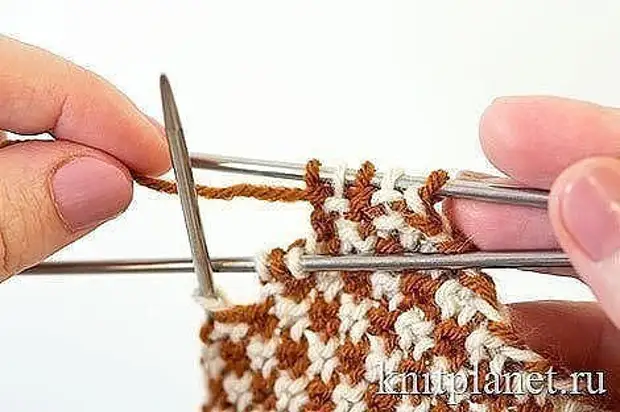
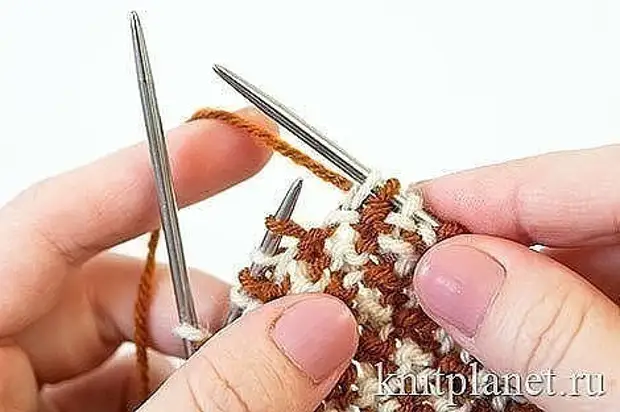
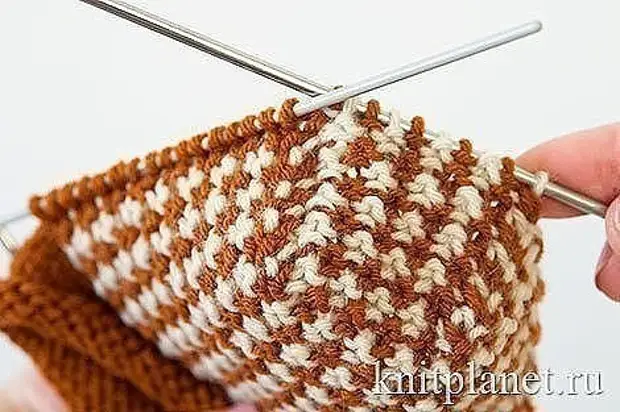
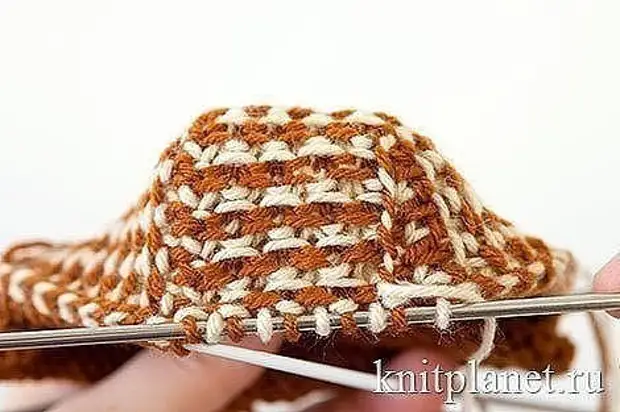
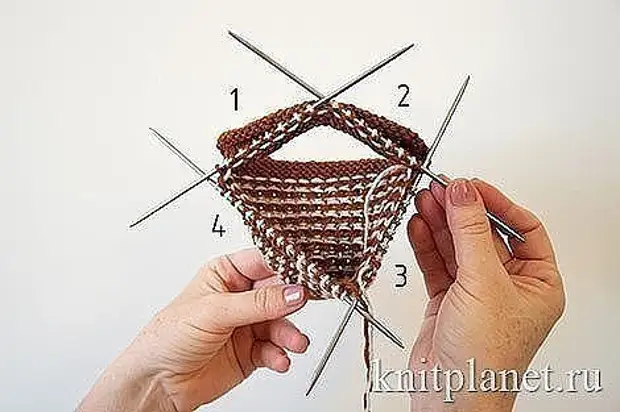
A source
